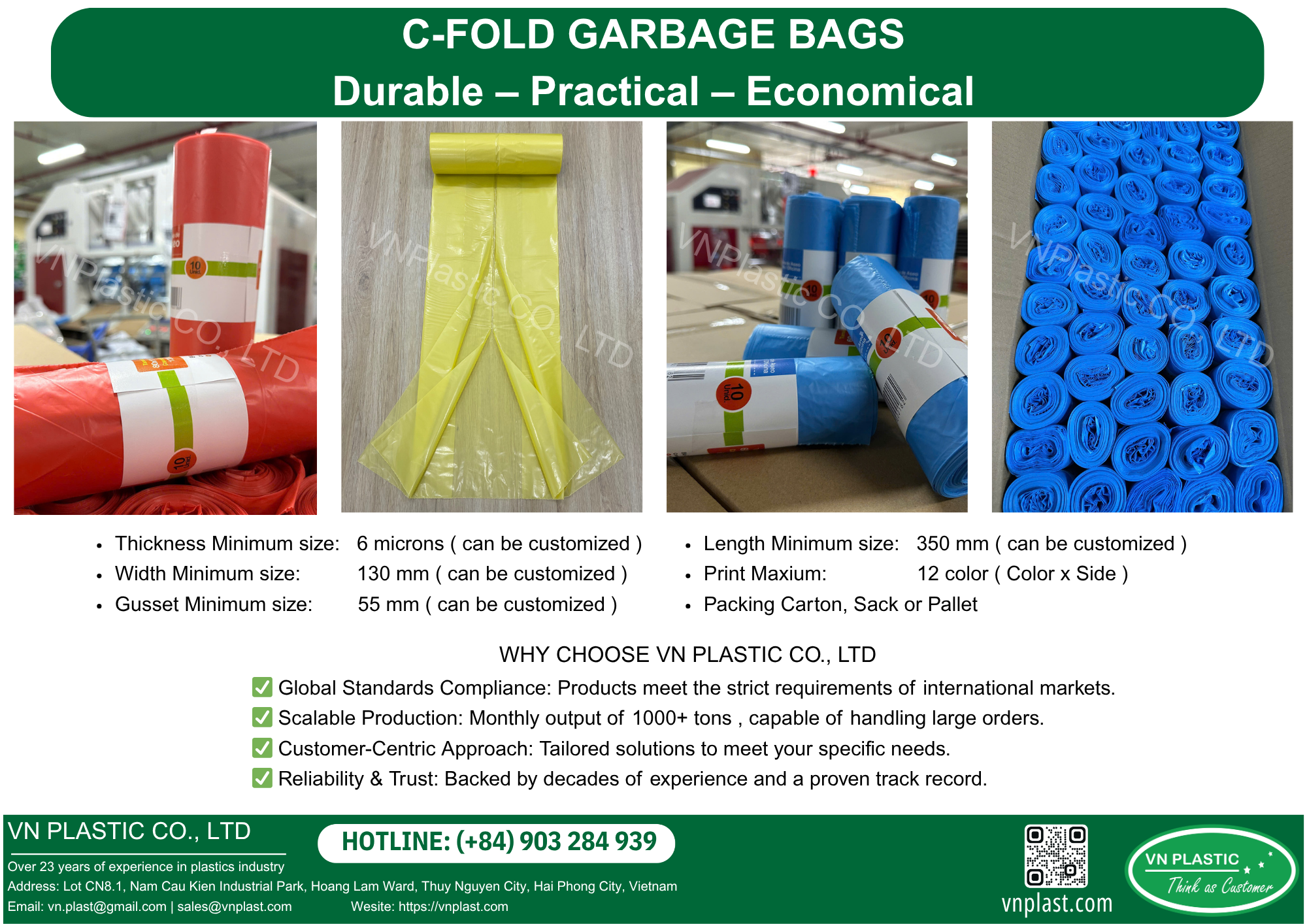The sacks and bags market within the Asia-Pacific region is anticipated to see steady growth over the next decade. According to a recent report by IndexBox, the market is projected to grow at a compound annual growth rate (CAGR) of 1.1% in volume and 1.3% in value from 2024 to 2035, culminating in an estimated consumption of 2.1 million tons and a market value of $5.9 billion by 2035.
Expanding Demand and Production Bags Market.

In 2024, the Asia-Pacific market for sacks and bags rose to 1.8 million tons, a 2.6% increase from the previous year. The growth trend for consumption over the years from 2013 to 2024 has averaged 1.6% annually, indicating sustained demand for these products. China leads the region, accounting for 37% of the total consumption, followed by India and Japan. In terms of production, the total output in the region reached 2.8 million tons in 2024, marking a 4% increase from 2023, driven by major contributions from China, India, and Vietnam.
The market dynamics project a growing appetite for sacks and bags, with drivers such as urbanization, increased manufacturing activities, and environmental considerations influencing this upward trend.
Market Consumption Trends Bags Market

China remains the dominant consumer of sacks and bags, utilizing approximately 682,000 tons in 2024—substantially outpacing India at 272,000 tons and Japan at 146,000 tons. Notably, per capita consumption is exceptionally high in South Korea, where it reached 2,659 kg per 1,000 persons, while Japan and Thailand follow with 1,182 kg and 586 kg per 1,000 persons, respectively.
Despite a slight decline in market revenue, the overall consumption of sacks and bags reflected slight fluctuations over the years, emphasizing relative stability within the sector. The market value was estimated at $5.2 billion in 2024, though it experienced an average annual growth of 1.5% from 2013 to 2024.
Key Players in Production Bags Market

The Asia-Pacific region’s production capacities are particularly concentrated, with China leading at 1.3 million tons produced in 2024, followed by India at 733,000 tons and Vietnam at 244,000 tons. The latter country has recorded remarkable growth in production, exhibiting a CAGR of 7.6% from 2013 to 2024. The high output levels highlight the competitive advantage of these nations, especially in a market increasingly focused on efficient production practices.
Import and Export Movements
On the import side, Asia-Pacific saw a significant increase in sacks and bags, reaching 620,000 tons in 2024—a 9.5% rise from the previous year. Japan and South Korea led the imports at 147,000 tons and 144,000 tons, respectively, combining to nearly 47% of total imports. Notably, the Philippines exhibited the most robust growth rate in imports, averaging 11.2% over the same period.
Conversely, exports of sacks and bags rose to 1.6 million tons in 2024—a healthy increase of 8% compared to 2023. China and India are the main exporters, with China accounting for 626,000 tons and India for 498,000 tons, emphasizing the competitive edge these nations hold in international markets.
Pricing Trends and Variations
The import price for sacks and bags stood at $2,264 per ton in 2024, marking an 8.1% decrease from the previous year. Fluctuations in import prices were noted throughout the years, with Australia registering the highest price at $4,383 per ton, while India offered some of the lowest prices at $1,164 per ton.
Similarly, the export price dipped to $2,438 per ton, down by 4.3% from 2023. This trend of pricing remains flat overall, reflecting adaptations to market conditions and fluctuating demand.
Future Projections
Looking ahead, the Asia-Pacific sacks and bags market is expected to maintain its growth trajectory, benefiting from evolving consumption patterns and increased production efficiencies. With China, India, and Vietnam leading the pack, the region is poised to remain a dominant force in the global sacks and bags industry, catering to both regional and international demands.
Overall, as urbanization and industrial activities continue to rise in the Asia-Pacific, the sacks and bags sector appears set for ongoing positive momentum, highlighting its integral role in supporting economic development across the region.




